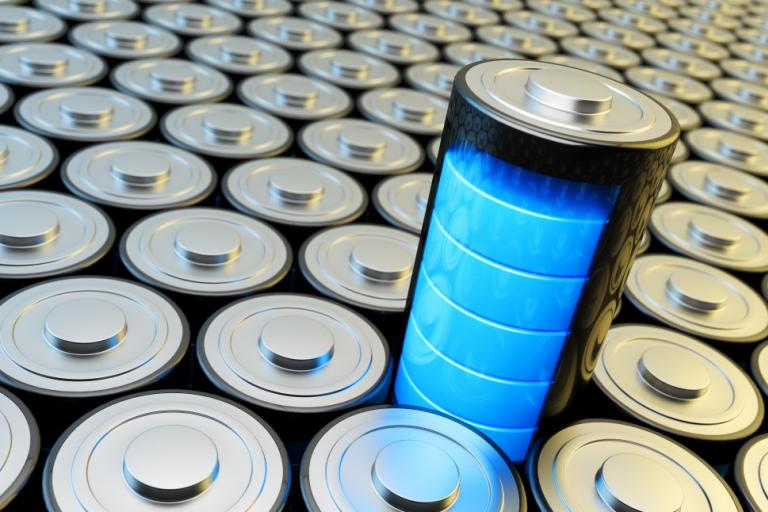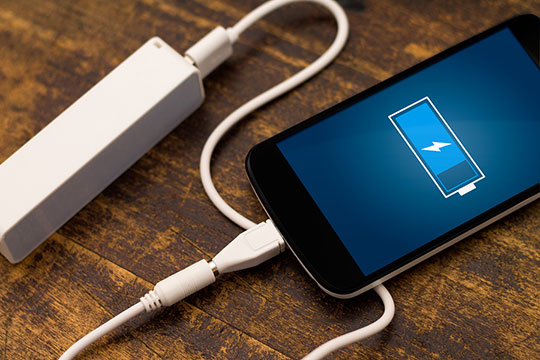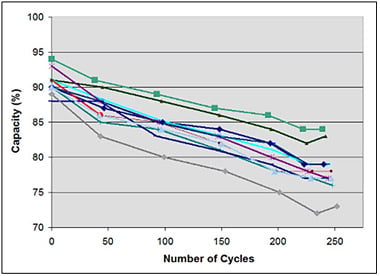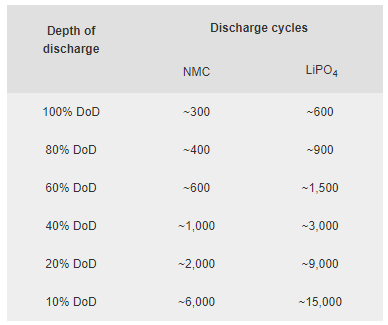The Link Between COVID-19 and Phone Batteries

We all talk about it – there’s no point explaining what hit us earlier this year. Now, the latest version of Coronavirus is more popular than Coca Cola and Pepsi combined.
Viruses are basically pieces of software, or code – if you prefer. They run on our energy and mess with our intricate network of cells.
The world is nevertheless a complex place these days – any disruption in a supply chain can break a lot of connections. Just like our own cells, we are part of a global organism that needs us to function in order to survive.
Technology is the latest tool we have, the information it spreads is a continued contribution to many saved lives during this crisis. But information needs power to get through.
And this brings me to the topic I wanted to touch: batteries – our gadgets’ energy storage.
Crises like this brutally remind us how precious what we already own is, and at the same time how worthless everything is if we’re too sick to use it – as individuals or as the entire planet.
Batteries will also get more expensive, that’s for sure.
In a normal world, like the one only two months ago, even if you don’t care about things like sustainability, environment, pollution etc, you can been just fine for a while – you have your share of the pie that you can buy anything with – anytime, anyplace.
But – we don’t live in a normal world right now. What we have today is possibly what we’ll be having in a year, if the prophecies about an upcoming recession are true. So we must take care of our stuff and the environment, while it still works.
Charging your phone or laptop battery partially (manually or through Chargie) is one thing you can do to save your pocket technology.
Chargie only protects Android phone batteries for the time being, but in the very near future we’ll be releasing a 100W version that also works on laptops and iPhones, so our most expensive investments in technology can be work well for the foreseeable future.
A good battery may be key to your future professional success. In times like these, protecting what you have is no longer a virtue or a fad, like last year, but a necessity.
We need energy and real information to fight this crisis just like the virus needs our energy to replicate. It’s a 1:1 war we’re going to win only if we’re mindful with our resources – now and forever.
I created and spread Chargie devices on a full time basis now – yet relatively few people understand the need for taking care of their batteries. Chargie now represents a big chunk of my life and I am working continually to make it better each day.
Visit https://chargie.org to read more about Chargie and maybe purchase a pack to support this project and your phone.
image (c) graphene flagship




